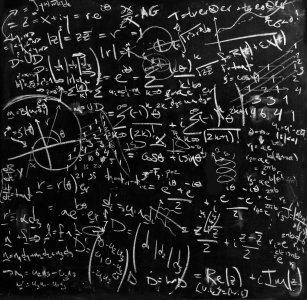Levelling the access playing-field
Oxford Mathematics and Imperial College have joined forces to co-pilot a new programme aimed at levelling the playing-field for bright young mathematicians.
The two universities use the Maths Admission Test (MAT) as the basis for undergraduate assessment. It’s meant to be fair to all, particularly as it is not based on the Further Maths syllabus which many schools do not offer. But is it? How can it take in to account all the other factors that determine a candidate’s preparedness for such a potentially daunting challenge?
The Problem Solving MATters programme is designed to prepare students from less advantaged backgrounds for achieving success in the MAT. It comprises three face-to-face study days, focussing on specific problem-solving skills, with a short practice exam in the final session; three summer assignments to further develop thinking skills and technique; and five online follow-up sessions, designed to consolidate new skills in the run up to the MAT itself. Crucially, participants are supported by student mentors who offer feedback throughout the process.
The course has been made possible by the generosity of Oxford Mathematics Alumnus Tony Hill.
“My aim”, says Tony, "is that the programme will continue and be rolled out to other Russell Group Universities, so we can get the best people into Maths departments, not just the best-prepared. This programme gives young people from less advantaged backgrounds an opportunity to see what Imperial and Oxford are actually like. As well as being taught by experts and mentored by undergraduates, they have a chance to look around, see people like them from all over the country and to visualise themselves in such a place."
Tony himself grew up on a council estate and was the first from his family to go to university. He understands the issues and he's passionate about helping talented young people overcome common stumbling blocks, in particular "those kids from lower socio-economic backgrounds or whose families don't value education; those whose school isn't very good generally or at teaching Maths, or where they have the attitude of kids from round here don't go to that type of university...Compare that to a kid coming from a good school that's strong in maths and with a strong tradition of getting their students into good universities. In one sense it's equal and in another, it's not."
If you would like to know more about the courses for 2017 please email @email.
Thanks to Jean Bywater at Imperial College for researching and writing the original article.












